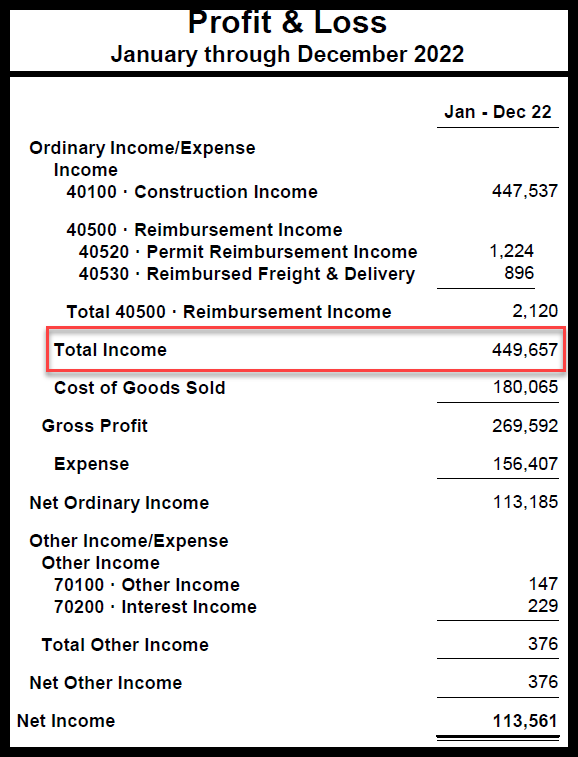


These tools generate invoices on a set schedule and send them to customers without any risk of errors or mistakes. Increase the odds of getting paid on time by setting up automated invoices in your platform. Invoice correctly and on schedule – Late invoicing sends the signal it’s okay to make late payments.There are other, more time-intensive ways to manage the process, but few A/R professionals would argue that automation offers the most bang for your buck in terms of process efficiency: Primarily, automated collections solutions should be your go-to strategy for improving Receivable Turnover. What is a good receivables turnover ratio and how can companies work to improve their scores? The ratio itself will depend on your company, but regardless of your business, there are several best practices you can implement to support a higher Receivable Turnover.
Accounts receivable turnover how to#
Want to improve your DSO? Download this eBook to understand how to enhance your collections process with automation Download Now Automation: The Best Way to Improve RT in Your Company Primarily, it supports better financial management by giving you a snapshot of the following:īy getting insight into these collections efforts, you’ll gain important information that can be used for forecasting cash flows, identifying poor collections practices, and predicting the long-term viability of your companies practices. Your accounts receivable turnover rate provides valuable insight into the strengths and weaknesses of your collections policies. Starting Receivables + Ending Receivables over a chosen time period ÷ 2 = Average Account Receivables Why Does the Accounts Receivable Turnover Rate Matter? Sales on Credit – Sales Returns – Sales Allowances Net Credit Sales ÷ Average Account Receivables = RTįor reference, you can calculate net credit sales and average account receivables with these formulas:

Fortunately, the formula is pretty straightforward: The Receivable Turnover Formulaīefore we cover how to improve accounts receivable turnover, we must review how to calculate accounts receivable turnover. RT is one of the most important metrics to track in your collections process. Low RTs can be a red flag of potential process inefficiencies that’ll need to be addressed. A high RT suggests an efficient collection process where the majority of clients pay their invoices on time. Your accounts receivable turnover (RT) ratio is a metric that indicates how well you’re collecting on the payments owed by your clients.


 0 kommentar(er)
0 kommentar(er)
